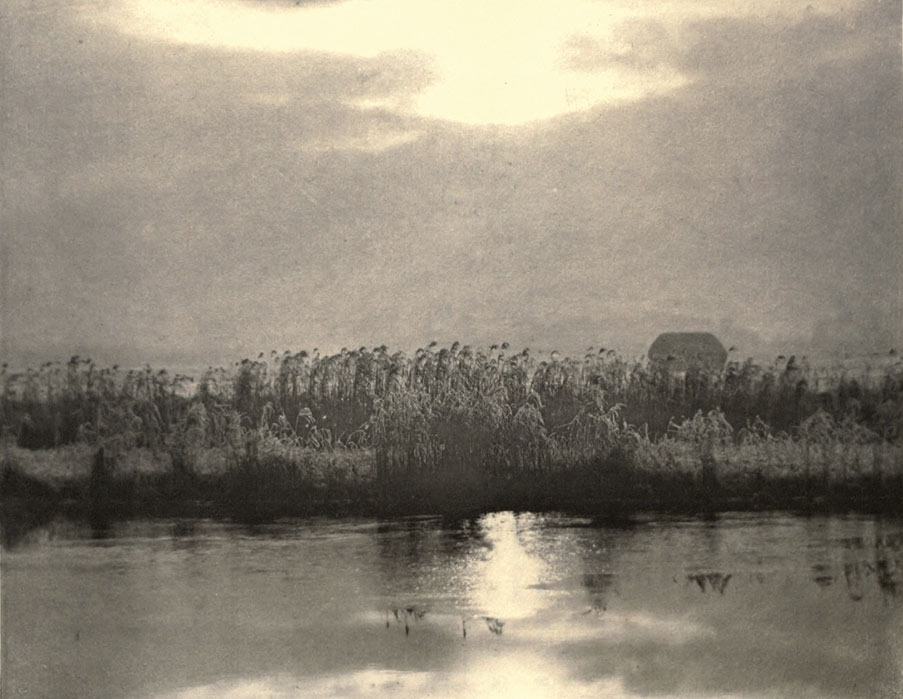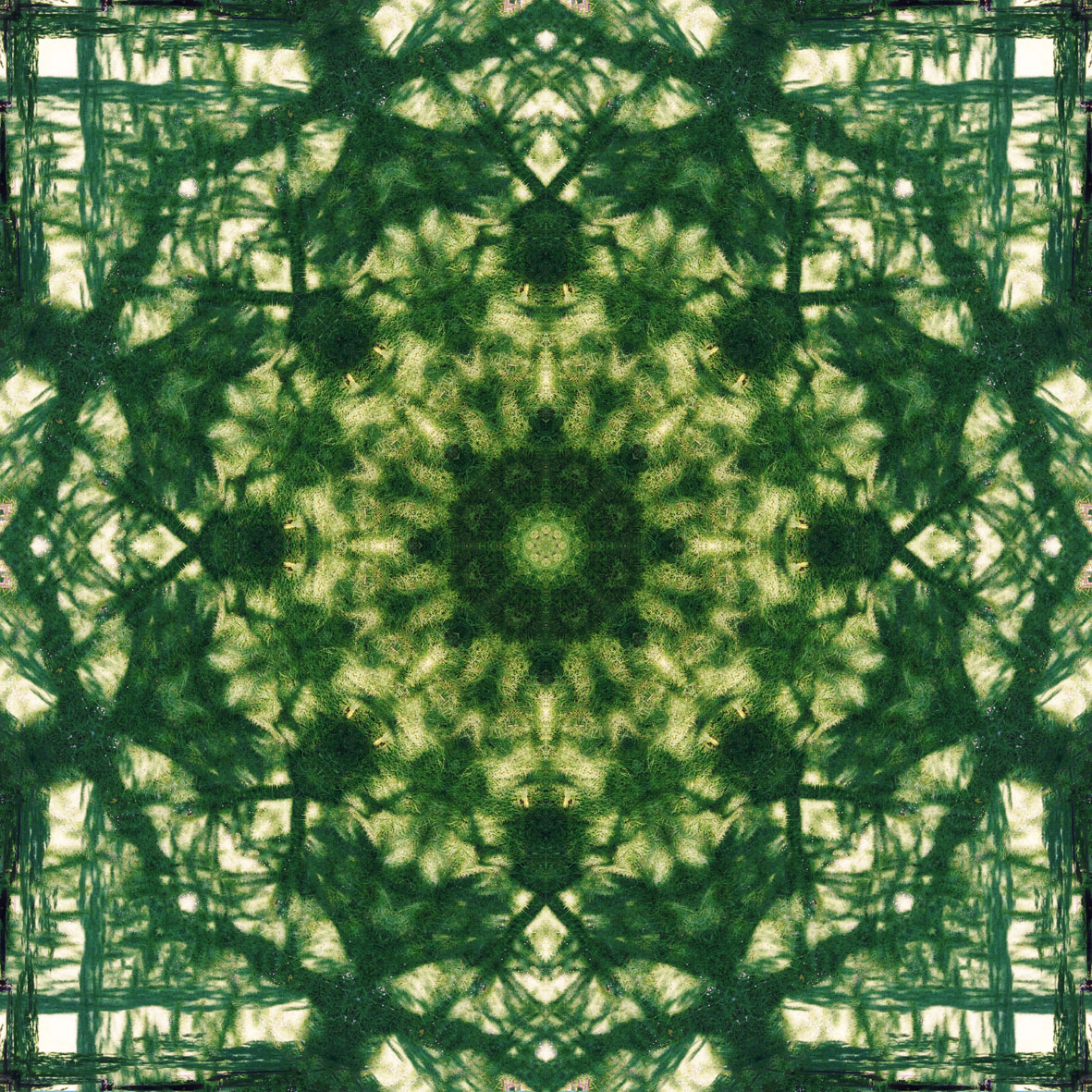The beauty of the place was infinite and heartbreaking. Emerson, in love with the landscape, overlooked nothing, from winter’s mists to summer’s fullness. Yet such opulence was beyond the scope of photography and, eventually realizing this, Emerson had to content himself with exquisite miniature pictures of frozen earth, mists and far horizons – winter landscape, which suited photography’s monochromatic limitations. His last illustrated book, ‘Marsh Leaves’ (1895), contains sixteen of photography’s most reticent pictures, tiny photo-etchings of a remote grey world punctuated by thorn trees and wasted reeds. These resemble nothing so much as souvenirs, fragile mementos impressed on paper.
To do full justice to such opulence and variety as he found in the Norfolk Broads Emerson had to rely on words, which eventually made up for everything the camera had promised and failed to deliver. Emerson was no ordinary writer, although he could be longwinded and apocalyptic when goaded by modern enormities. Guided by naturalistic precepts he wrote, when in control of himself, as a recorder, describing landscape and transcribing local speech. … At other times his reporting is anything but objective. He felt acutely for landcape as a living thing, stirred by the springtime, purified by fire, flayed by the wind, smothered and killed by winter. Some of his descriptions of this animated world read like word pictures of agile expressionist landscapes. Naturalist objectivity was at odds with a powerful subjective sense likely to dramatize anything which came its way. Why, in this case, did Emerson trouble to photograph at all? Because the camera, with its sparing depictions, placed some control on an imagination which threatened to run wild.
Ian Jeffrey in ‘Photography: A Concise History’, T & H, 1989, p.69, 70.
In memory of being overwhelmed by Emerson’s pictures at the Musée d’Orsay, August 2010.
Header image: Rime Crystals, 1895, by Peter Henry Emerson; photogravure.



